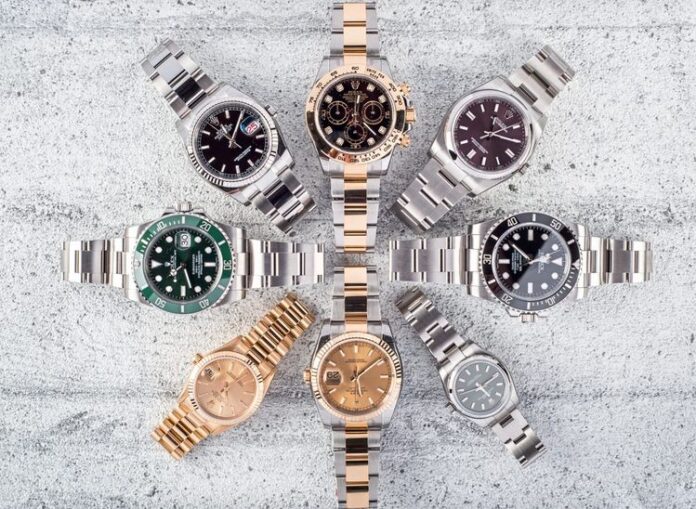Watches have long been revered not just as timekeeping instruments, but also as symbols of status, wealth, and luxury. The history of luxury watches is a fascinating journey that spans centuries, marked by innovation, craftsmanship, and cultural significance. In this article, we’ll explore the evolution of luxury watches and delve into why they have become such potent symbols of prestige.
Early Origins: Functional Timepieces
The concept of wearable timepieces dates back to the 16th century when they were primarily seen as functional tools for telling time. Early watches were often large, bulky, and worn as pocket watches by affluent individuals. These timepieces were handcrafted by skilled artisans and were considered luxury items due to their intricate designs and mechanical complexity.
The Rise of Wristwatches: A Shift in Fashion
The late 19th and early 20th centuries saw a significant shift in watch design with the introduction of wristwatches. Initially worn by military personnel for practical reasons during World War I, wristwatches quickly gained popularity among civilians as well. Luxury watchmakers such as Rolex, Patek Philippe, and Cartier began producing exquisite wristwatches adorned with precious metals, gemstones, and intricate complications.
Craftsmanship and Innovation: The Golden Age of Watchmaking
The mid-20th century marked the golden age of watchmaking, characterized by unparalleled craftsmanship and technical innovation. Swiss watchmakers, in particular, established themselves as leaders in the industry, producing high-quality timepieces that set the standard for luxury watches worldwide. Brands like Audemars Piguet, Jaeger-LeCoultre, and Omega became synonymous with precision engineering and timeless elegance.
Status Symbols and Celebrity Endorsements
As luxury watches became more accessible to affluent consumers, they also began to transcend their functional purpose and serve as symbols of status and wealth. Celebrities, politicians, and business tycoons were often seen sporting prestigious timepieces, further cementing their status as must-have accessories for the elite. Luxury watch brands capitalized on this trend by leveraging celebrity endorsements and high-profile partnerships to enhance their appeal.
Exclusivity and Rarity: Limited Editions and Collectible Timepieces
One of the key factors that contribute to the allure of luxury watches is their exclusivity and rarity. Many luxury watch brands produce limited-edition models or one-of-a-kind pieces, often featuring intricate complications or unique designs. These collectible timepieces appeal to watch enthusiasts and collectors who value rarity and craftsmanship, driving demand and further elevating the status of luxury watches.
Heritage and Tradition: A Legacy of Excellence
Beyond their material value, luxury watches carry with them a rich heritage and tradition of excellence. Many prestigious watchmakers have centuries-old histories, with each timepiece representing a continuation of craftsmanship and expertise passed down through generations. Owning a luxury watch is not just about owning a piece of jewelry; it’s about being part of a legacy of timeless elegance and sophistication.
In conclusion, the history of luxury watches is a testament to human ingenuity, craftsmanship, and the enduring appeal of timeless elegance. From their humble origins as functional timekeeping tools to their status as coveted symbols of prestige and wealth, luxury watches continue to captivate and inspire enthusiasts around the world. As we look to the future, one thing is certain: the allure of luxury watches will endure for generations to come.





